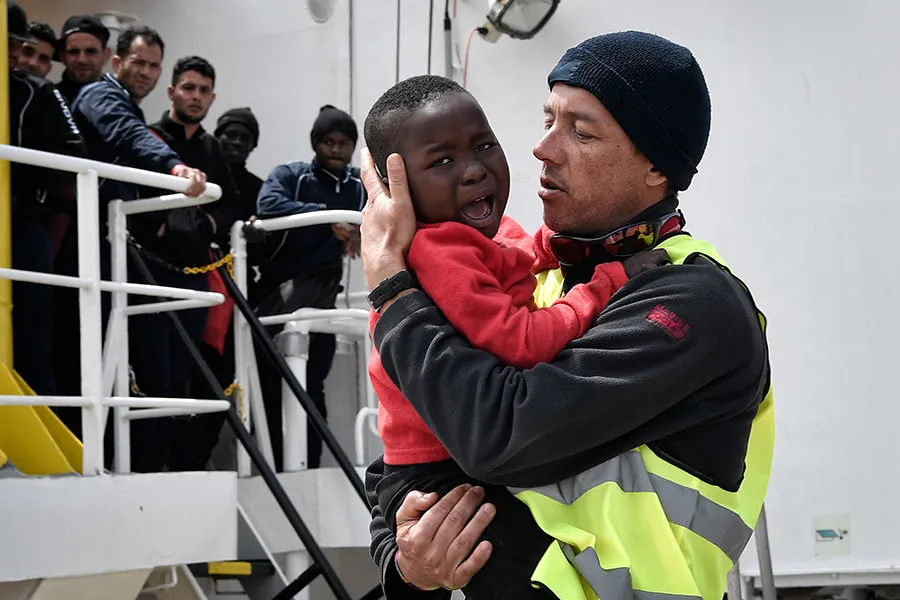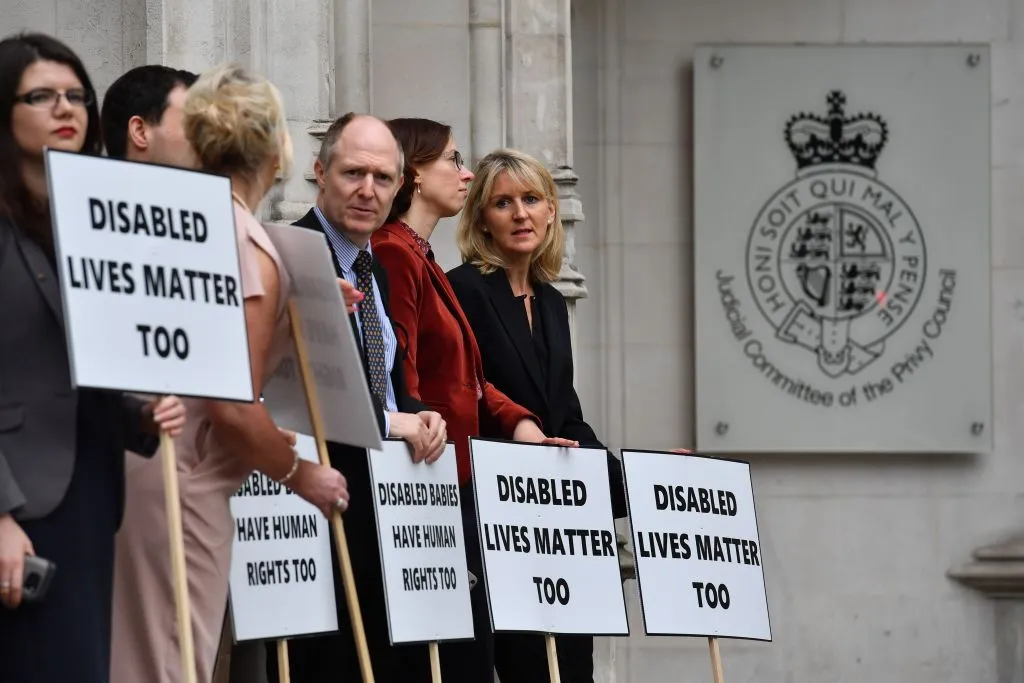
Irish prime minister: Catholic hospitals will be required to perform abortions

Dublin, Ireland, Jun 15, 2018 / 03:26 am (CNA/EWTN News).- Publicly-funded hospitals in Ireland will be required to perform abortions, even if they are Catholic and morally opposed to the procedure, the nation’s prime minister announced this week.
A survey on GPBuddy.ie, an online medical directory for Irish healthcare professionals, found that nearly 70 percent of general practitioners say they are unwilling to perform abortions.
Irish Prime Minister Leo Varadkar clarified to the Dáil (Irish Parliament) on Monday that individual medical professionals will be able to opt out of performing abortions, but entire hospitals will not be able to do so, now that abortion is being legalized in the country.
“It will not, however, be possible for publicly-funded hospitals, no matter who their patron or owner is, to opt out of providing these necessary services, which will be legal in this state once this legislation is passed by the Dáil and Seanad (senate),” said Varadkar.
He went on to say that “hospitals like for example Holles Street, which is a Catholic voluntary ethos hospital, the Mater, St Vincent’s and others will be required, and will be expected to, carry out any procedure that is legal in this state and that is the model we will follow.”
A “voluntary” hospital in Ireland is one supported by charitable contributions. Healthcare in Ireland is government-funded and free for citizens. Many publicly-funded hospitals have historic ties to the Catholic Church and operate under Catholic ethics.
Ireland voted last month to repeal the country’s Eighth Amendment, which recognized the rights of both mothers and their unborn babies. As a result, the government is now drafting legislation to formally legalize abortion through the 12th week of pregnancy.
Prior to the repeal of the Eighth Amendment, abortion was only available in Ireland if the mother’s health was deemed to be at risk.
The Irish bishops, who opposed the legalization of abortion, have spoken out on the importance of conscience rights. They have voiced objections to a government proposal that would require doctors to refer patients for abortions.
“For healthcare professionals, the right of conscientious objection must be respected,” said the Irish bishops in a statement.
“It would be a great injustice to require doctors and nurses to participate, even by referral, in the provision of services which would be a serious violation of their conscience. This would only be ‘a way of pretending to respect freedom of conscience while actually requiring one person to cooperate in what he or she sincerely believes is the wrong-doing of another. Such a presumption is at variance with the right to conscientious objection.’”
Since last month’s referendum, Ireland has grappled with conscience rights for doctors and other medical professionals, as only about 20 percent of general practitioners in the country said they would be willing to perform abortions. The Irish government has suggested that it is “likely” that a list of doctors who are willing to perform abortions will be released to the public.
Pro Life Campaign Spokesperson Dr. Ruth Cullen said that the results of the survey suggest that the government is out of step with health care professionals in the country.
“It’s clear the Government haven’t thought this one through,” said Cullen in a statement published on the campaign’s website.
“They spent so much time packaging their abortion proposals as ‘healthcare’ that they’ve no response to doctors who take issue with their proposals other than to coerce these same doctors into facilitating abortion,” she said.




